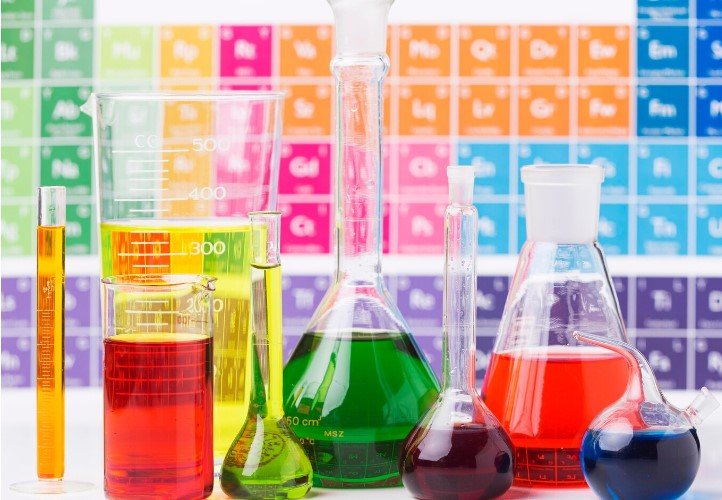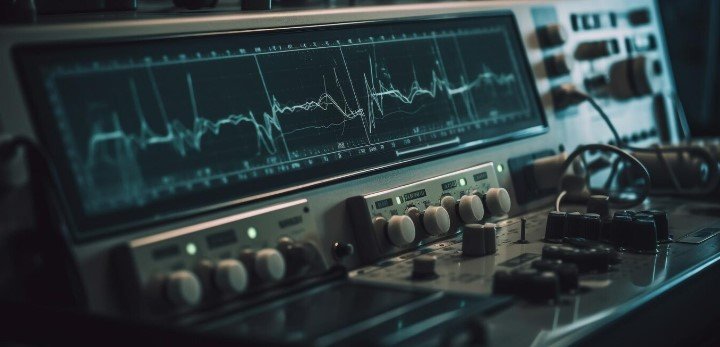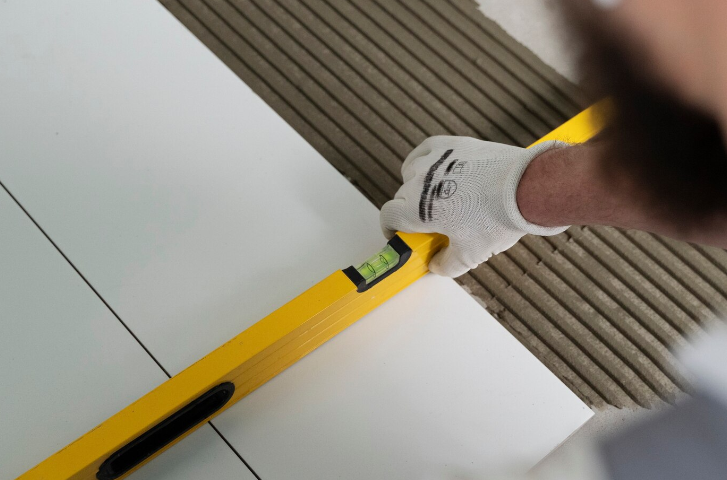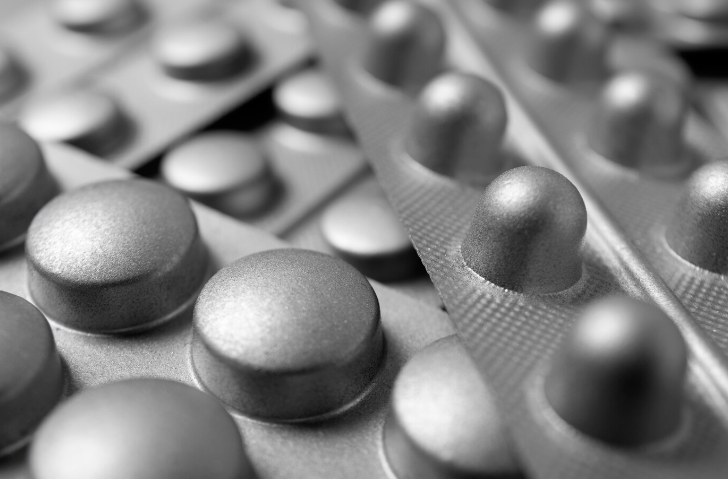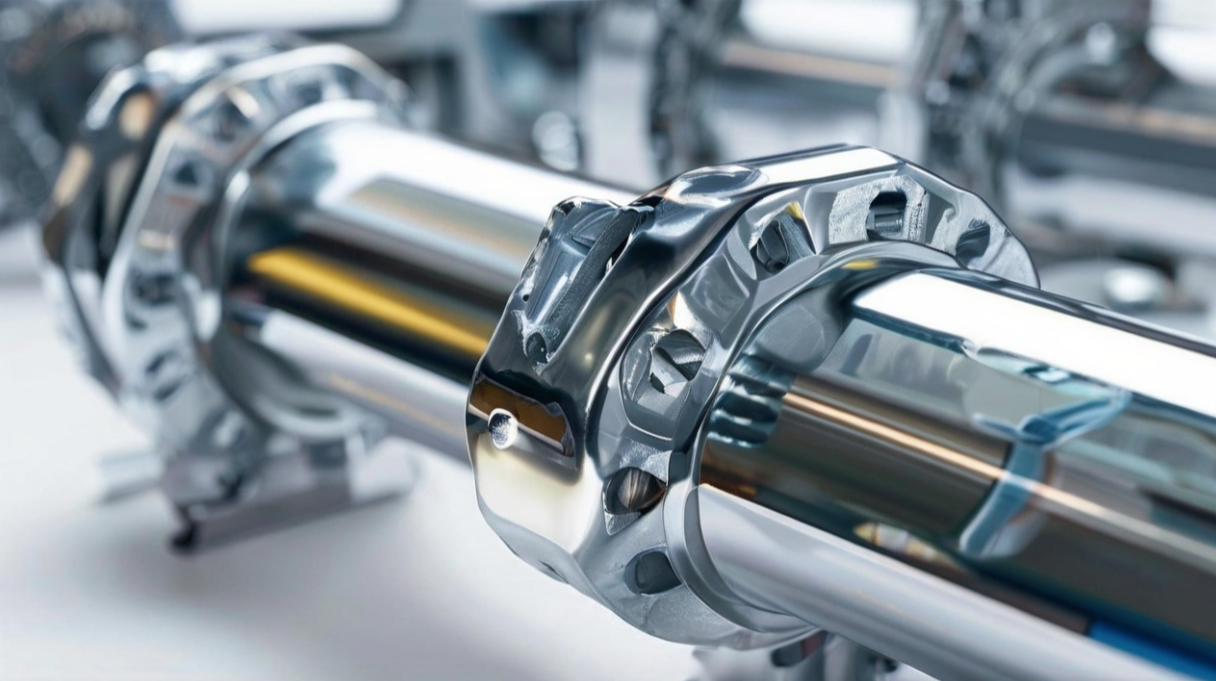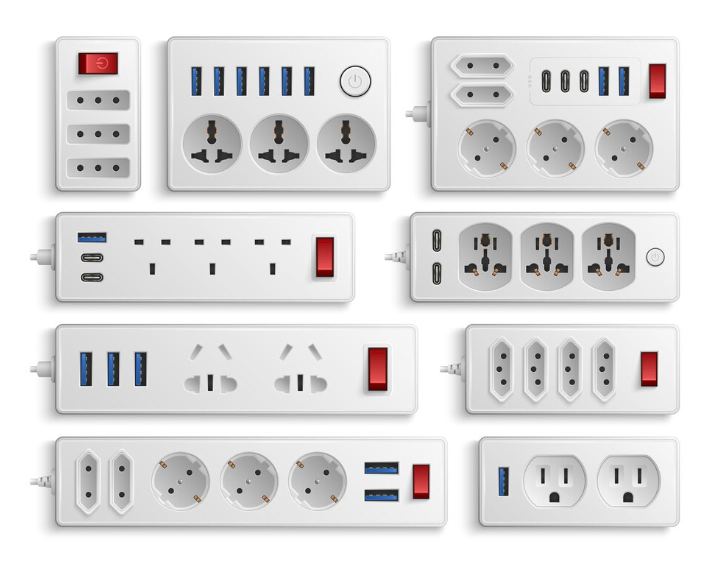What does the Use of Periodic Table Mean to Electroplaters
A profound analysis of periodic table will help ardent electroplating professionals understand the effectiveness of the deposition of elements from the outlook of electrode potential, current efficiency, and the deposit characteristics. Use of the table provides added knowledge and supports to decipher the precise information swiftly.
As we celebrate the 150th anniversary of periodic table, we will dedicate this short paper on the properties of elements and their position in the periodic table. Regarding electroplating of elements and alloys there are a few significant relationships with the groups and periods of the table. Though these are important for all plating specialists, it particularly interests those involved in research and formulation of an electrolyte and the alloy deposit.
Here are some properties:
Water:
The presence or absence of water affects the plateability and the current efficiency of the deposit. Chromium, the group 6 element of periodic table is a good example. Ability to plate Cr using the aqueous (presence of water) chromic acid-based electrolyte is an exception. Low current efficiency property of the electrolyte shows the reason for the struggle. On other hand, one can conveniently plate neighboring elements like Ti, Zr, Hf, V, Nb, Ta, Mo and W using ionic liquid (absence of water) electrolyte, with other challenges.
Position of elements:
The position of elements in the table and their properties are insightful. The position and proximity with each other can also help determine suitable alloying elements. On another point, let us look at indium, tungsten and boron. The relevant properties of this example are hardness and melting point. The position and the properties of these elements seen with their respective neighboring elements will show a trend.
Oxide (passive) layer:
The group of elements in the table say a lot about the oxide layer of the metal or the deposit. Examples are Ti, Ta, W and Cr. The formation of an oxide layer protects the metal from corrosion and make it tough to form an adherent deposit using the conventional electrolytes. Electrode and decomposition potentials of these elements also contribute significantly towards effective plating or the challenges thereof.

There are nearly 35 elements suitable for plating and their effective deposits offer a unique and superior properties. But aqueous electrolytes can conveniently plate only ≤ 20 elements (read metals) and alloys. Certain ionic liquid formulations can electroplate all or most of the 35 elements. We will discuss the reasons and mechanism of ionic plating in another short paper. Looking at the elements in groups and periods of the periodic table will offer unique understanding on plateability and desired functional properties such as corrosion resistance, tribology, and electrical conductivity.
Refractory elements, precious metals, sacrificial protection metals, and conductive ions (cations) are in proximity among their groups on the periodic table. They are in decreasing or increasing order within the groups or periods.
You may like also
Pulse Aluminum Anodizing for Energy Efficiency | Advint Incorporated
Summary:
Periodic review of the periodic table will enable electroplating professionals strengthen their understanding on the feasibility and properties of the deposit. Greater effort to interpret different properties are definitely worth it!

Posted By:Venkat Raja
Oct 01, 2019
Tags:
